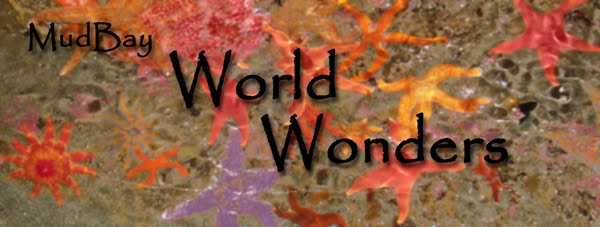
Photo 1: Hmmmm..... frog or lizard skin??? nope....
Photo 2: Perhaps the surface of a species of cactus?..... nope.
Photo 3: A mole or freckle? A spot of rust ....... nope. Spot on a leaf?.... nope.
Photo 4: ANYthing derived from plant or animal? (Mold? Fridge left-overs?) ...nope.
Well, that leaves mineral, doesn't it? Think even Bigger...
Photo 5 looks a bit like slate...
Photo 6 resembles picture agate...
Photo 7 resembles an explosion of brownies.
However, ALL of these beautiful images are of scenes on Mars!
Photo 1: Translucent carbon dioxide ice formations dot the terrain of Mars' north polar region, as seen by NASA's Mars Reconnaissance Orbiter. Sunlight can shine through the ice to warm the surface below, creating unusual shapes as the ice thaws.
Photo2: In the Martian winter, a layer of carbon dioxide ice covers the sand dunes of the Red Planet's north polar region. The ice dissipates in spring, and this image from NASA's Mars Reconnaissance Orbiter shows how streaks of dark sand have been carried below the ice layer to form fan-shaped deposits on top of the seasonal ice.
Photo 3: "Pingos" are soil-covered mounds of ground ice. Geologists suspect that pingos may exist in this polygonal terrain on Mars, imaged by NASA's Mars Reconnaissance Orbiter.
Photo 4: An image from NASA's Mars Reconnaissance Orbiter shows how Mars' seasonal southern cap of carbon dioxide ice erodes during the Martian spring. Here, the radial troughs form a spidery starburst pattern. The troughs are believed to be formed by gas flowing beneath the seasonal ice to openings where the gas escapes, carrying the dust from the surface below. The dust falls to the surface of the ice in fan-shaped deposits.
Photo 5: Different layers of rock stand out in this color-coded picture of the Martian region known as Arabia Terra; image taken by NASA's Mars Reconnaissance Orbiter. Scientists think the picture may show how different beds of sediment were laid down during climatic cycles on Mars.
Photo 6: Victoria Crater, seen here in an image acquired by NASA's Mars Reconnaissance Orbiter, was explored by NASA's Opportunity rover for more than two years. In high-resolution versions of this oblique image, the rover's tracks can be seen along the left rim of the crater. Sand dunes create the striking pattern on the crater's floor.
Photo 7: A Martian rock named "Chocolate Hills" is a prominent feature in this enhanced-color image taken by NASA's robotic Opportunity rover. The rock has a thick, dark-colored coating that is intriguing to scientists; many of the rocks in the surrounding area have the same mysterious dark substance. The rover sampled the "chocolate" with the microscopic imager and spectrometer mounted on its robotic arm.
All above images copyrighted by NASA; information provided by NASA and written/published by MSNBC.
Thanks for stopping by my blog and exploring the Universe with me!




















Well, I am totally awestruck.
ReplyDeleteVery cool! Steve and I were just discussing Mars last week ... how very clever of you to have been on the same wave length! ~ These photos are so clear, as if one was standing right there taking them ... eerie in way. Photo number two reminds me of the under side of an octopus!
ReplyDeleteFabulous post, Catherine! Thank you so very much for this FABULOUS blog!~ Wishing you a sun-filled day, my sweet friend! :)))
What a fabulous post!!! Catherine!! These are just wonderful! By the way--there is such a thing as thimble berries. We used to eat them all the time when I was a kid.
ReplyDeleteThey're very seedy, but VERY sweet and good.